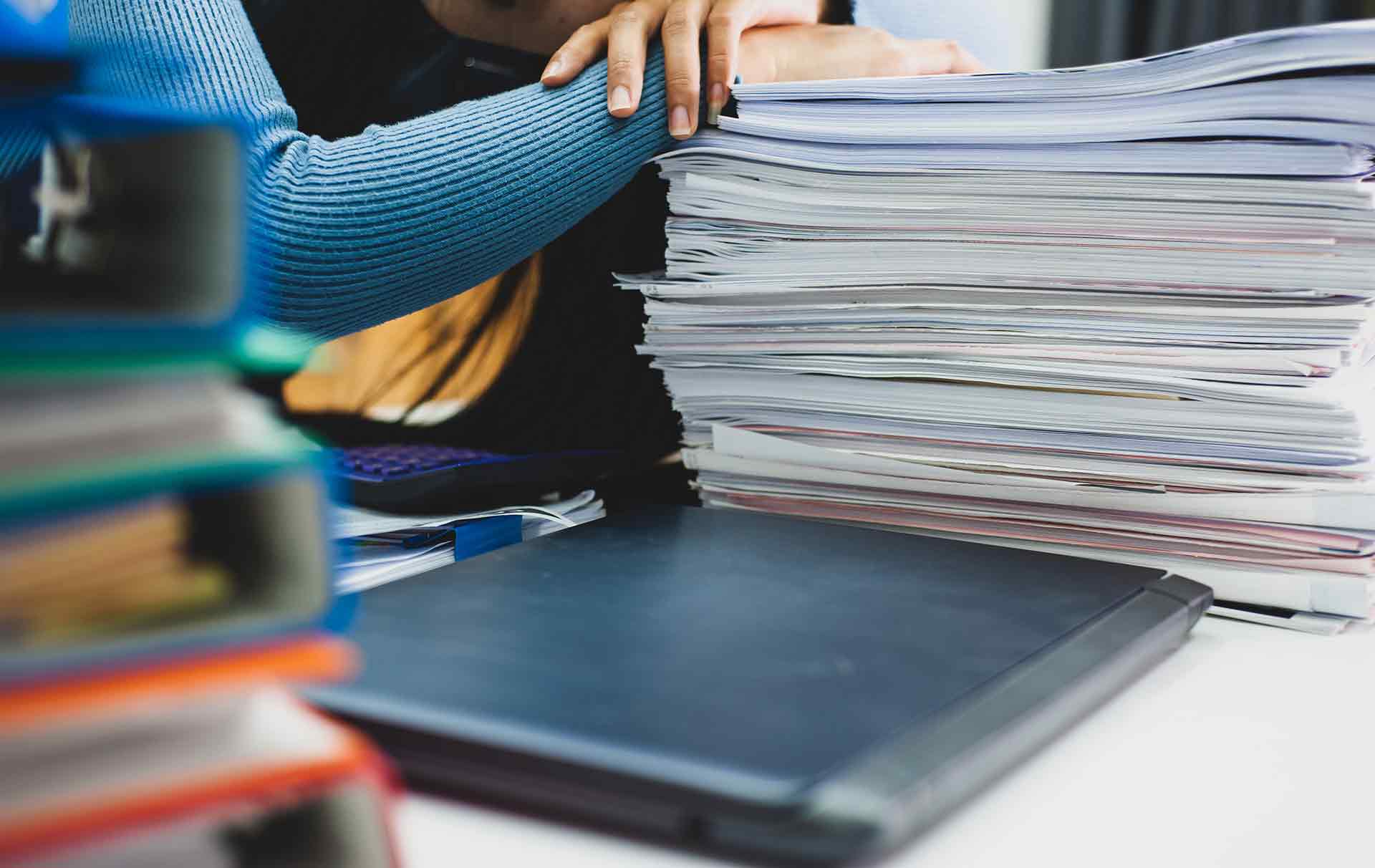
×
To use this feature, you need to log in to your account.
Don't have an account yet?
Create an account.
×
To use this feature, you need to log in to your account.
Don't have an account yet?
Create an account.
A record explains the transactions conducted by your business.

Your records used for tax and super-related purposes:
- need to contain enough information for the ATO to determine the essential features or purpose of the transactions. They need to understand the relevance of the transactions to your business’s income and expenses.
- must contain enough information for you to be able to accurately calculate and substantiate the income, expenses and other amounts you report in your income tax return and other returns you lodge with the ATO. At the minimum, it needs to include the: date, amount, character (for example, sale, purchase, wages, rental) and purpose of the transaction; relevant goods and services (GST) information and the relationships between parties to the transactions, if that’s relevant.
The ATO may review your tax return and ask for copies of your records to check the information provided. If they’re unable to verify your claims, they will contact you to discuss and may need to adjust your return.
Last modified: 13 Nov 2023
Record keeping
| Steps | Progress | ||||||||||||||
|---|---|---|---|---|---|---|---|---|---|---|---|---|---|---|---|
Record keeping overview |
10 mins | ||||||||||||||
Tasks and tips |
6 mins | ||||||||||||||
Starting your business records |
2 mins | ||||||||||||||
Digital record keeping |
5 mins | ||||||||||||||
Manual or paper record keeping |
2 mins | ||||||||||||||
Banking records |
2 mins | ||||||||||||||
|
|||||||||||||||
Income records |
3 mins | ||||||||||||||
Accounting for private use of assets |
9 mins | ||||||||||||||
Motor vehicle deductions records |
2 mins | ||||||||||||||
Home-based business deductions records |
1 mins | ||||||||||||||
Other deductions records |
1 mins | ||||||||||||||
Stock and asset records |
5 mins | ||||||||||||||
GST records |
1 mins | ||||||||||||||
Employee records |
7 mins | ||||||||||||||
Car fringe benefits records |
1 mins | ||||||||||||||
Expense payment FBT records |
2 mins | ||||||||||||||
Contractor records |
2 mins | ||||||||||||||
Sharing economy records |
1 mins | ||||||||||||||
Cryptocurrency records |
1 mins | ||||||||||||||
Records for other taxes |
5 mins | ||||||||||||||
Sole trader structure records |
4 mins | ||||||||||||||
Partnership structure records |
3 mins | ||||||||||||||
Company structure records |
3 mins | ||||||||||||||
Trust structure records |
1 mins | ||||||||||||||
Changing your business structure records |
1 mins | ||||||||||||||
Selling or closing your business records |
2 mins | ||||||||||||||
Related courses |
1 mins | ||||||||||||||
Course feedback |
|||||||||||||||
